Search Results for 'British army'
113 results found.
Children of the Revolution
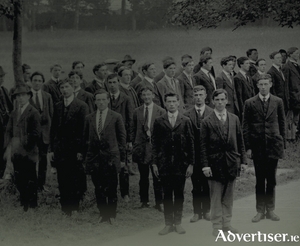
REBELS AND patriots, soldiers for king and country, all kinds of political opinions and actions could be found among the students of University College Galway during the turbulent years of 1913-1919.
1916 - don’t believe everything they tell you
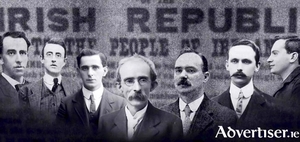
The 1916 Rising did not end on April 29 when Pádraig Pearse issued the order to surrender. Many are still fighting it, or, to be more accurate, fighting against it, and, as with any war, the first and most prolonged casualty is the truth.
Theatre review: The Great Push
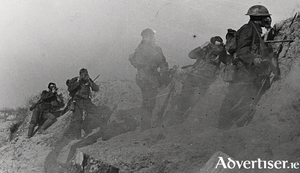
THE BATTLE of Loos, which raged from late September to mid-October 1915, was one of the bloodiest clashes of the First World War. The British Army lost some 60,000 men in the engagement, with little to show for it when the guns fell silent.
1916 - 1922 A time of courage, and divided loyalties
I have written before about a terrifying night in Galway when the Black and Tans went berserk following an incident at Galway railway station on September 8 1920. A drunken Tan, Edward Krumm, confronted the crowd of passengers as they emerged from the train. He produced a pistol and began to fire into the air, causing widespread panic. Séan Mulvoy jumped on his back but Krumm managed to shoot him as they fell to the ground. In turn a man stepped from the crowd and shot Krumm dead.
Seamus Carter, athlete, Gaeilgóir, patriot
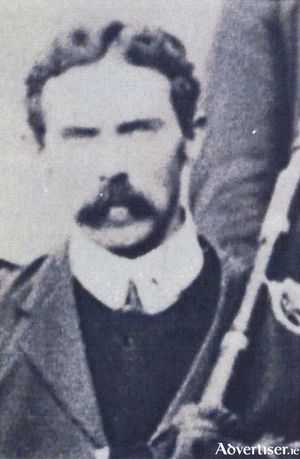
Seamus Carter was a fluent Irish speaker who was a member of the Gaelic League since its inception. He was the secretary of the Oireachtas when it was held in Galway in 1913, the famous photograph of which hangs in the Town Hall.
Gerry Conneely in The Great Push
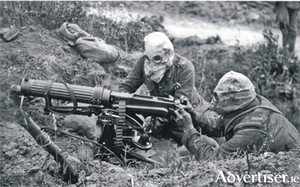
ON THE morning of September 25 1915, 75,000 British soldiers emerged from their trenches on the Western Front to begin what was then the biggest battle in British history, the Battle of Loos. It would also be the British army’s bloodiest day of the war so far.
‘The Galway Resolution’ - An attempted coup by some county councillors
On December 3 1920, at the height of the War of Independence, quite an extraordinary event happened in Galway County Council. It passed a resolution, known as ‘The Galway Resolution’, repudiating the authority of the newly established Dáil; it rescinded the resolution for the collection of rates, (which were collected locally, and passed on to Dáil Éireann, and not to the British authorities), and incredibly, Galway County Council now offered its offices to negotiate peace, directly with the British prime minister, David Lloyd George.
'I always knew I was going to write this'

THE KENNY Bookshop and Art Gallery recently hosted the launch of Galway artist Vicki Crowley’s absorbing memoir, Beyond the Ghibli, which traces her life from her earliest days in WW2 Malta, via many years in Africa, to settling down in Barna with her Irish husband Don and children.
George Nicholls, Rising organiser and volunteer
George Nicholls was a young solicitor who worked in G.C. Conroy’s office in Francis Street. In 1912, he set up a pipe band known as “Cumann Píobairí naGaillimhe”, the only band with an Irish language name to play at O’Donovan Rossa’s funeral to which they travelled in the company of Padraic Pearse.

